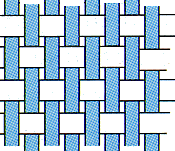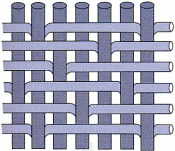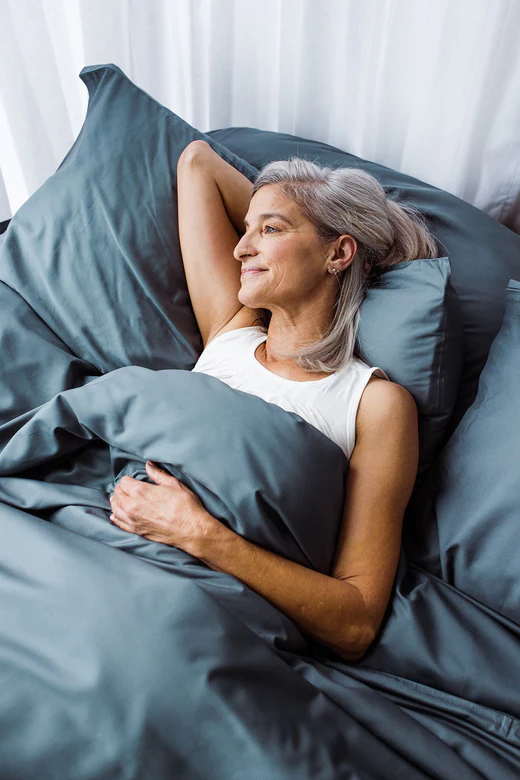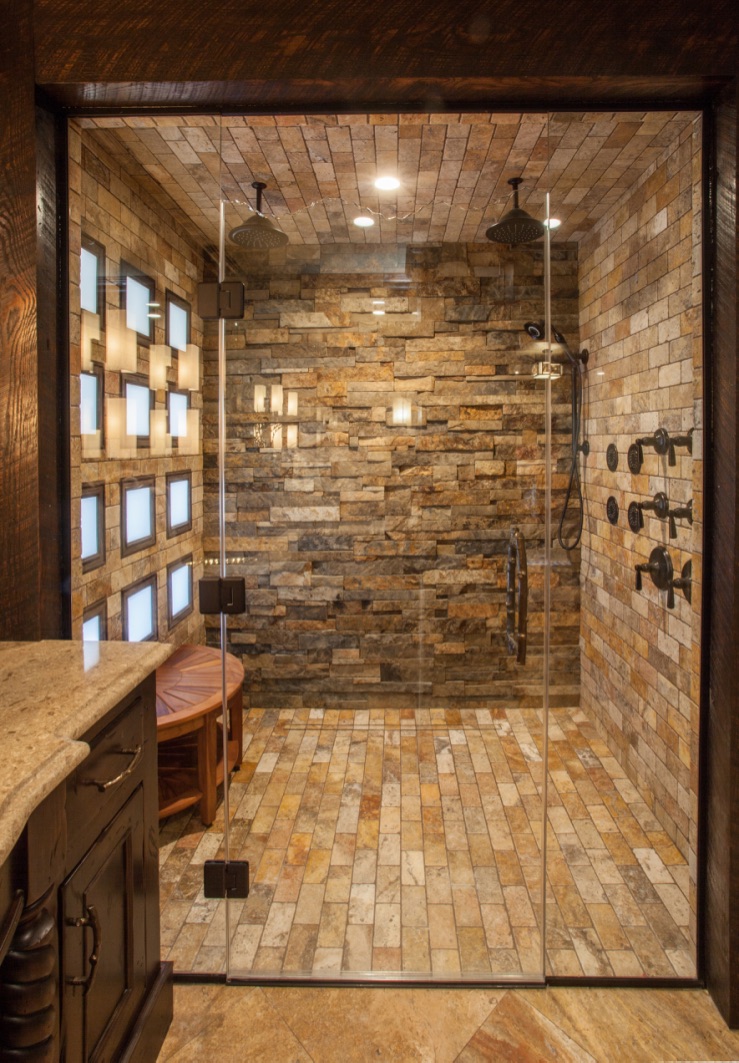If you have found yourself drawn to any of the apartments in "Only Murders in the Building", it probably says something about your personality. Check out what the design styles of Charles-Haden Savage, Oliver Putnam, or Mabel Mora says about you!
The Guide to the Well-Dressed Bed: Sheeting basics: Sateen, percale, cotton and alternative fibers
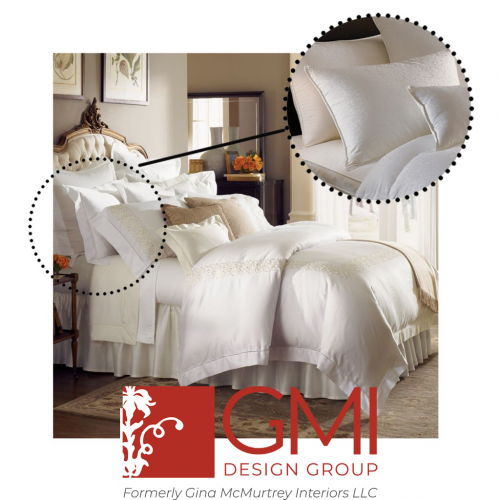
Sheeting is the little black dress of the bed. It’s the base of the “look” and it must feel good and compliment the wearer.
Believe it or not, we’re all a bit like the princess in the fable “The Princess and the Pea.” Our skin is pretty amazing at detecting qualities in fabric that are too small to see with the naked eye. That is precisely why one set of cotton sheets can feel rough and the other as smooth as silk.
Once you make the shift to a higher quality sheeting, you will never view sleeping the same. I’ll never forget the day I replaced our cheap sheets to luxury sheeting. I’m pretty sure my husband and I made “sheet angels”—you know, like the ones you make in the snow, but this time it was with sheeting. Now that we are completely spoiled, our sheeting purchases will be based on something entirely different than price (although that still makes a bit of a difference.)
When purchasing sheeting, there are a two main things to take into consideration: construction of the fabric (percale vs. sateen and thread count) and fibers used.
PERCALE vs. SATEEN
All sheeting is woven. The texture, or hand, of the fabric created is determined by how it is woven. Woven fabrics have two directions that the fibers run: horizontal (or the warp) and vertical (the weft.) Remember the old fashioned pictures of Native American women weaving blankets? The yarns that are strung on the machine going up & down are the warp. She then takes a shuttle with other yarn attached and weaves it side-to-side through the warp yarns. The shuttle yarns make up the weft. If a fabric has a pattern woven into it, it is typically due to the weft fibers and how they are woven through the warp.
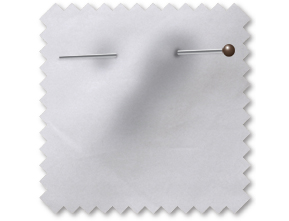
Percale sheeting is woven in a simple basket-weave—over one and under one. This creates a strong fabric with a somewhat crisp hand. Percale sheeting breathes well and is usually inexpensive to produce, but tends to wrinkle.
Percale sheeting is well suited for bedding that will get a lot of use, such as in hotels, time-shares and Bed & Breakfasts. Also, women who suffer from night-sweats would benefit from the cool nature of percale sheeting.

Sateen sheeting is woven where the weft fibers may cross over the top of several warp fabrics before going under. This pattern is offset in each row in order to offer fabric strength. Sateen fabrics have a more smooth, slightly shimmery, silky hand than percale as the skin delicately perceives the interruption of fiber direction, even on that minute level. Preferably, sateen sheets should be ironed after laundering to retain that lustrous look.
Sateen sheeting is perfect for the person who wants the luxury of satin sheets without the slippery feel. It is also a good alternative to flannel in cooler climates and offers a very luxurious sleeping environment.
THREAD COUNT
Thread count is an area that is widely misunderstood. How is it that you can find a 500 thread count Egyptian Cotton sheet set in a kiosk at the mall for $59, yet find another set of luxury brand 500 thread count Egyptian Cotton sheeting for $400?
There is little regulation on how a company determines “threads per inch” or thread count. What differentiates high-quality and inexpensive sheeting is the individual threads, or yarns, that are used to make the weave. This inconsistency usually occurs with natural fiber sheeting.
To attain a high thread count, the weave must be tight. Simple enough. However, a lower-end manufacturer may use short-staple cotton, or shorter yarns that are twisted together to produce a longer yarn, or a “ply yarn”. Some manufacturers will consider the ply yarn as two yarns, which is a misrepresentation. Higher quality manufacturers will only count the single ply count or longer fibers in their thread count, giving a truer representation of the character of the fabric. Fine sateens will have less raveling, a higher density, feel smoother to the touch, and have a longer lifespan than budget, multi-ply thread count sheeting.
Clearly, the thread-count issue is confusing. Researching your sheeting brands before purchasing is a good way to understand how they produce their material and if you’re getting a quality product.
SHEETING MATERIALS FOR THE LUXURY BED
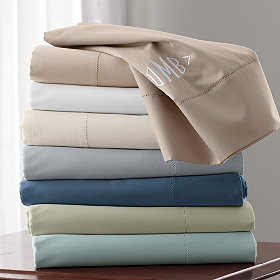
Cotton is the most widely used sheeting material. It’s relatively inexpensive, breathes well and feels great. In budget sheeting, cotton is often combined with polyester to reduce wrinkling and lengthen the lifespan, but quality sheeting will be made from 100% natural fibers. The different cotton varieties used can change both the quality and price of your sheeting.
The best kind of cotton to be used for sheeting is “long staple”…meaning that the plant produces long fibers (staples), enabling a smoother, stronger yarn.
Egyptian cotton is considered the best cotton in the world. It produces the longest, smoothest, softest staple and is used in the best sheeting available.
Pima cotton is produced in Western part the United States, Peru and Australia. It offers a long, silky staple and is a fine, cost efficient cotton option.
Organic cotton is cotton that is produced without the use of pesticides. Often, organic cotton sheets are also dyed with natural dyes to have the least invasive production possible. This is a great option for eco-conscious consumers.
Cotton can be woven in both percale or sateen, and in a variety of patterns called brocades.
Modal, Bamboo or Lyocell sheeting is created using pressed wood pulp. This wood pulp is pressed through a “strainer” to create long, super silky strands of yarn. Bamboo and Beechwood offer antimicrobial and hypoallergenic properties. These sheets are amazingly soft and have a subtle sheen. Many of these wood-fiber sheets are woven in the sateen weave, but a few offer percale.
My first experience with modal sheeting is unforgettable. I was dressing out a client’s bed and she chose SDH’s “Classic” by Legna. The hand was unbelievable. If water could be a fabric, it would have been these sheets. Extremely high end, I’ve never felt anything like them.
Linen is one of the oldest fabrics used in the world. Lightweight and strong, linen sheeting is a sign of affluence and fine living. They get softer the more they are laundered and is an excellent choice for hot climate. Linen does wrinkle, so there is more maintenance required.
Silk is another high end sheeting material, naturally hypoallergenic. These silky, soft sheets are more dense than others, so they’re more suitable for cool climates.
•
The take-away…purchase the highest quality sheets you can afford. Try a set of pillowcases first for a test-drive at an affordable price, and I’m sure you’ll agree that the differences in your sleep experience are worth the cost.
Next time, we’ll explore the top of the bed—the accessories, options in design, and trends in boudoir décor.
Need help designing your dream bedroom?
Contact us today to schedule an in-home consultation!
•
THE GUIDE TO THE WELL-DRESSED BED: The basics of a well-dressed bed
•
THE GUIDE TO THE WELL-DRESSED BED: The Foundations—Featherbeds, down comforters and oh so many pillow choices…
•

